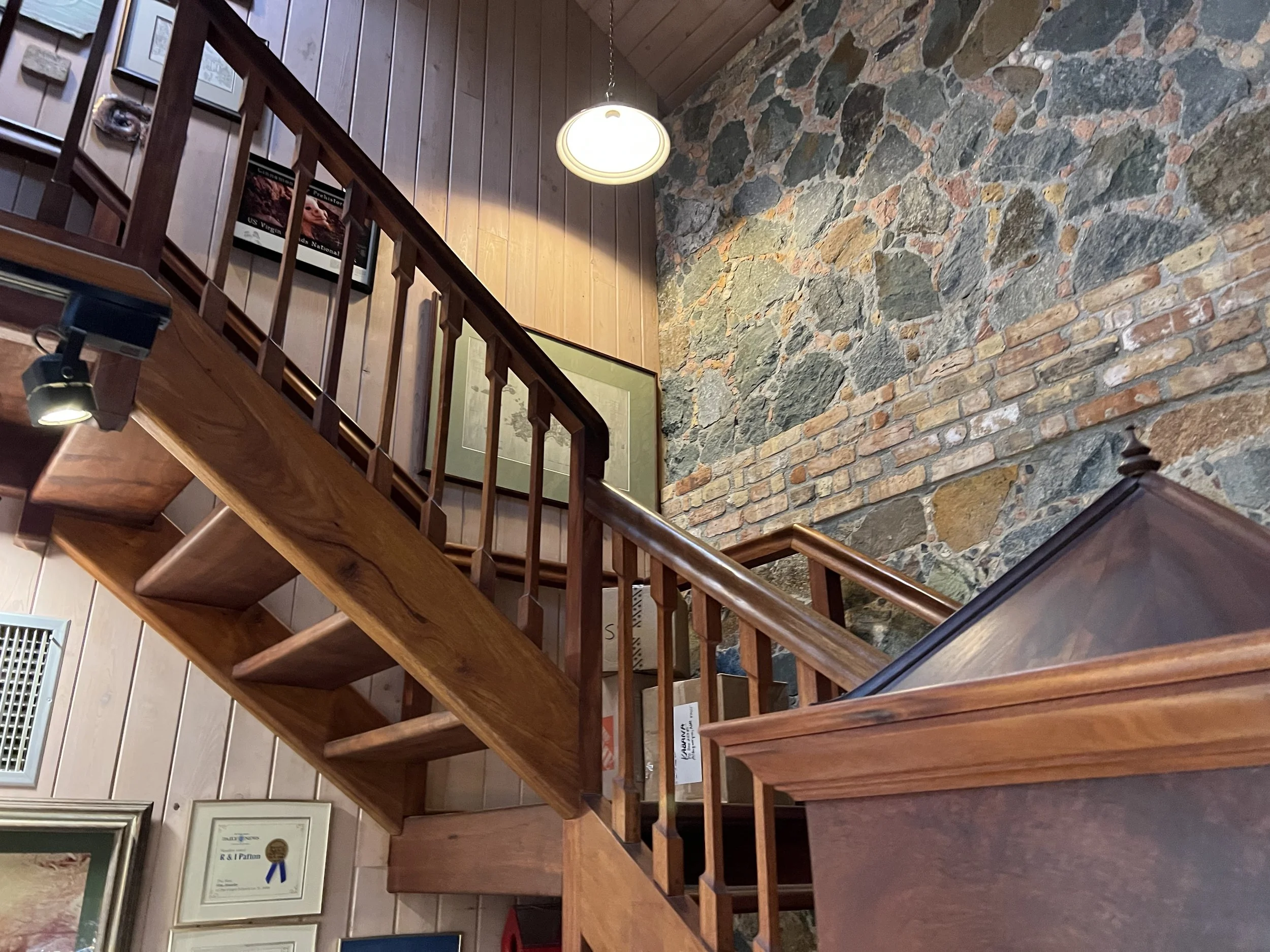This Week in Bridge
(431) Cuebidding the Opponent’s Suit – First Round
© AiB Robert S. Todd
Level: 5 of 10 (2 of 6) robert@advinbridge.com
General
When an opponent bids a suit (either by opening the bidding or making an overcall) we have a new bid available to us to compete in the bidding -- a cuebid of the opponent’s suit. These cuebids have specific meanings early in the auction. They also can be a useful way of describing our hand and can allow us to show distributional hands in these competitive auctions. Here we look at the type of hands that use a cuebid of the opponent’s suit and make sure that we have good agreements with partner for what these bids mean.
First Round Cuebids of the Opponent’s Suit
A cuebid of the opponent’s suit on the first round of the bidding usually has a specific meaning. The most common options are a Michaels Cuebid or a Limit Raise or better in support of partner’s suit.
Michaels Cuebid
Many bids of the opponent’s suit made on the first round of the bidding are used to show two 5-card suits. These are Michaels cuebids.
Example 1 – Direct Seat
♠ KJ843
♥ 5
♦ A9843
♣ 76
1♥ 2♥
Michaels Cuebid, Min-Max style -- 5+card ♠, 5+card minor, about 5-11 HCP or 16+ HCP.
Example 2 – Balancing Seat
♠ AQ983
♥ AK843
♦ 5
♣ Q6
1♣ P P 2♣
This is a Michaels Cuebid, Max style once we borrow 3-points from partner (the general approach in the balancing seat) -- 5+card ♠, 5+card ♥, about 13+ HCP.
Example 3 – Sandwich Seat
♠ J3
♥ KQ865
♦ 7
♣ QJ843
1♦ P 1♠ 2♦
This cuebid of the Opener’s suit is a Michaels Cuebid, Min-Max style -- 5+card ♥, 5+card ♣, about 5-11 HCP or 16+ HCP.
Limit Raise or Better Cuebid – Q=LR+
In a competitive auction we do not use jump raises as strong bids because we can use them as weak bids that eat up valuable bidding space from the opponents. Thus, we need a way to show a good hand with a fit – this is done with a cuebid for a limit raise (or better).
Example 4
♠ 93
♥ K94
♦ A943
♣ KJ74
1♥ 1♠ 2♠
Here we have a fit for partner’s Major and invitational values, so we make a cuebid of the opponent’s suit. We use this cuebid to describe our hand and use a jump to 3♥ as a weak raise.
Example 5
♠ K63
♥ A4
♦ T93
♣ KJ943
1♣ 1♥ 2♥
Again, when partner opens the bidding, we show a limit raise (or better) by cuebidding the opponent’s suit.
Example 6
♠ A94
♥ Q943
♦ T7
♣ AJ93
1♣ 1♠ P 2♣
When partner makes an overcall of a suit, we can make a strong raise of partner’s suit (limit raise or better) by cuebidding the opponent’s suit. Here we bid 2♣ to show 10+points and 3+card ♠.
Conclusion
When an opponent bids a suit at the 1-level (either as Opener or Interferer) then we have a new tool for communicating with partner – the cuebid of the opponent’s suit. We use these cuebids to show different important (and often difficult to describe) hands to our partner with one bid. Make sure that you learn to make use of these bidding tools and discuss with partner which cuebids you and partner will use. Though these are valuable tools, having a misunderstanding with partner about the meaning of these bids can be disastrous!

